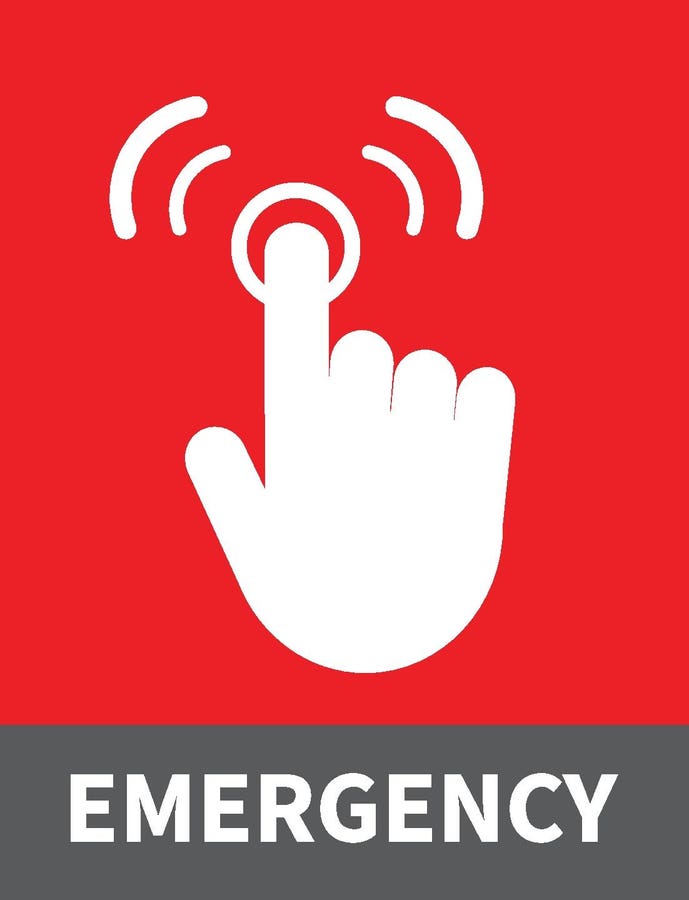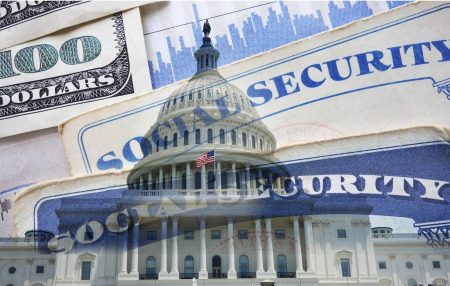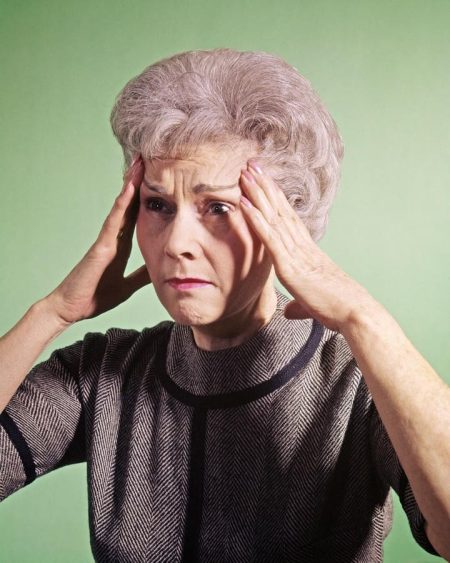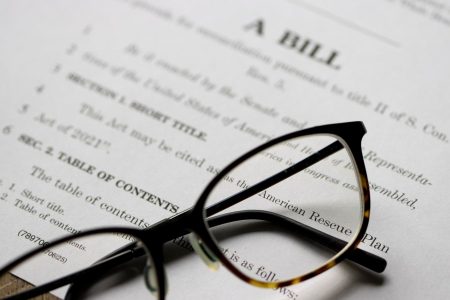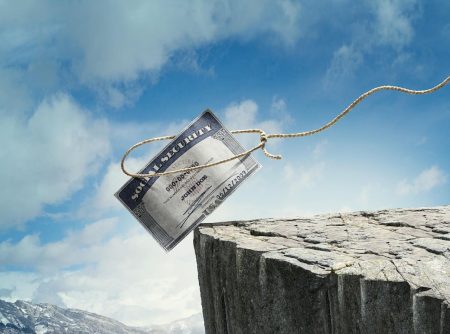Introduction
Sometimes the most important estate planning steps are simple, little or no-cost, common sense things that are just overlooked. Here’s one: the emergency envelope. You should have an emergency envelope with key documents in it for you and each person in your household. You might even go a step further and make several of these. Keep one at your home (someplace obvious so if there is a 911 type emergency you or an emergency responder can find it), and another at your vacation home (boat, etc.). Give one to a key agent who will help you if there is a medical emergency, and finally you might put one with your suitcases so you take it along when you travel. You might print “Emergency Medical Info” and/or “911” on the envelope in bold red color so it is obvious that it is important in an emergency.
Yes, its important to have an estate plan, current estate planning documents, and so on, but protecting yourselves and your loved ones is never complete with simply having documents.
Preparing Your Emergency Envelope
The legal documents discussed below should each be signed, witnessed and notarized. Since you don’t know where an emergency might happen have two witnesses and a notary on each document so that they hopefully meet the criteria of whatever state law applies where you are. While documents legally signed in your home state are supposed to be valid elsewhere, that is not a conversation you want to have in an ER. You probably can carry copies. This may be the only practical solution if you have multiple envelopes. While it is probably not necessary to carry an original, if you can, you might choose to do that.
And remember for a any child above the age of majority (18 in most states) they need their own documents. Your legal right to their medical information or to make decisions often terminates at that age. When a child or other loved one heads off to college, they should get their own documents and take along their own emergency envelope.
For the non-legal documents mentioned below, you should try to type them and save them on your computer or smart phone so you can update them as necessary.
Legal Documents to Include in Your 911 Envelope
- Health care proxy – A health care proxy is a legal document designating a person as your agent to make medical and other health care decisions if you cannot. If you travel or live alone this might be the person who will come to help if you or someone on your behalf calls. If you travel with someone you might list that person as the first agent, and the one who might come to help as a successor agent.
- Living Will – A living will is a statement of your health care wishes including end of life decision making, religious preferences for care, etc. This is especially important if you don’t have an agent nearby for a health care proxy since this will inform medical providers of your wishes. If you are traveling alone having this along might be helpful.
- HIPAA Release – This is another legal document that designates a named person, called your agent, to have access to medical records and to be able to communicate with medical providers.
Legal Documents to Include in Your 911 Envelope
- Emergency Contact Information – who should be called to address medical emergencies. Who should be called to address financial emergencies if the person named is different. Be sure to provide cell phone numbers, landline numbers if applicable, and email addresses.
- Medications – Carry a list of all your medications. You should indicate when you take them and in what dosages. You might indicate succinctly why you take them if you are taking them for a special reason that may not be the common reason a particular medication is taken. You probably should include as a part of this list all vitamins and supplements you take along with dosages, etc. Many supplements have important health implications and in an emergency it could be as helpful for medical providers to know about some supplements as about prescribed medications, e.g., some supplements may interfere with blood clotting.
- Medical History – Carry a letter summarizing key aspects of your medical history. List your date of birth and then in chronological order any surgeries or other medical events of note. Be certain to list any allergies.
Other Steps To Consider
Depending on your circumstances, health challenges, etc. there might be other steps to consider:
- You might wear a medical ID bracelet (although they come in many formats such as necklaces, etc.) with your name, emergency contact number and an indication of any key medical issues. These can be purchased relatively inexpensively online and may have a QR code that contains detailed medical information. The QR code may link to a detailed online medical profile.
- Wear a watch with “fall notification” that will automatically contact someone if you fall and don’t respond.
- Carry your phone when you walk the dog, go for a walk, etc. as you can use it to call for help.
- Get a medical alert device that can summer emergency responders by a push of a button (you’ve seen the commercials on TV!).
- Consider adding a loud emergency whistle to your key chain. That way if you fall during a walk or hike you can use it to alert anyone in the area.
- Add a “ICE” in case of emergency entry to your cell phone with key information.
Conclusion
Determine what steps make sense for you. In many cases, as health challenges worse, or as we merely age, taking practical steps to protect yourself can make a big impact at little cost or effort.
Read the full article here



